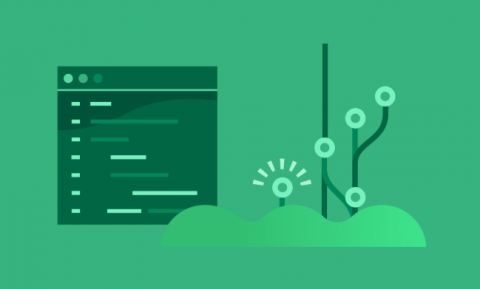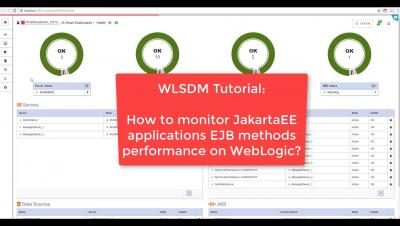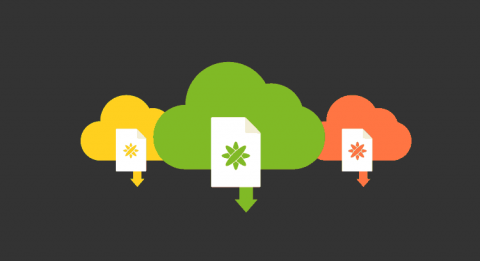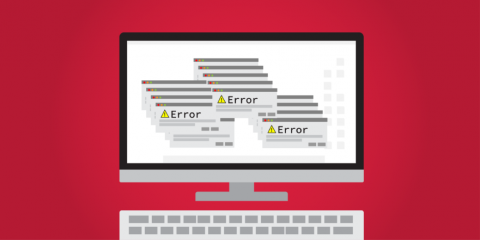Minimize Risk with Continuous Integration (CI) and Deployment (CD)
Ahoy there. Continuous shipping: a concept many companies talk about but never get around to implementing. In the first post of this three-part series, we discussed the use case for continuous shipping. Let’s move on to part two: the integration and deployment stages of the continuous shipping process. Part three will wrap up the series with a look at the monitoring and feedback phases. All aboard that’s coming aboard.










